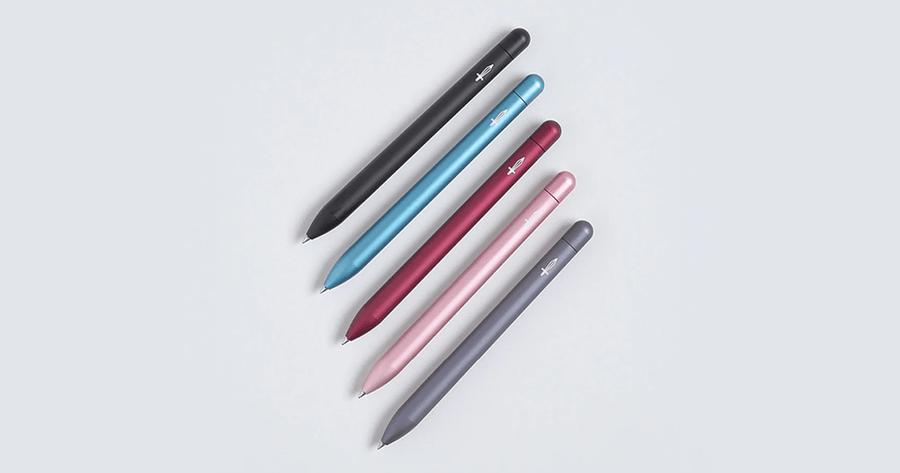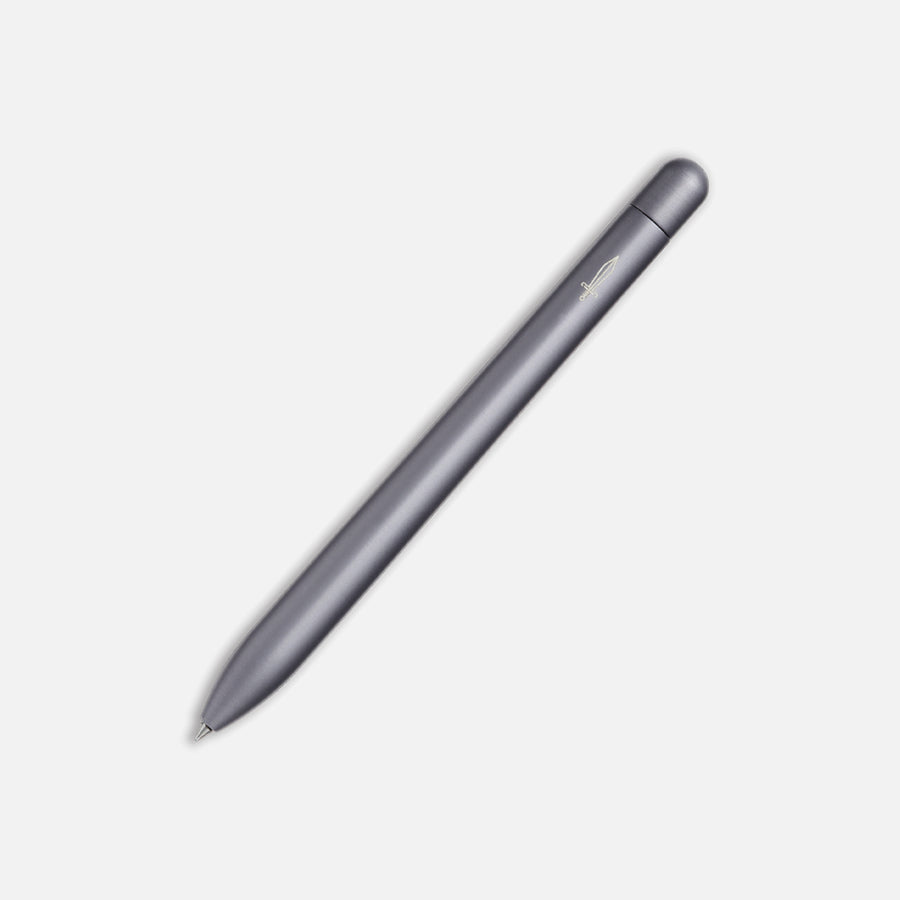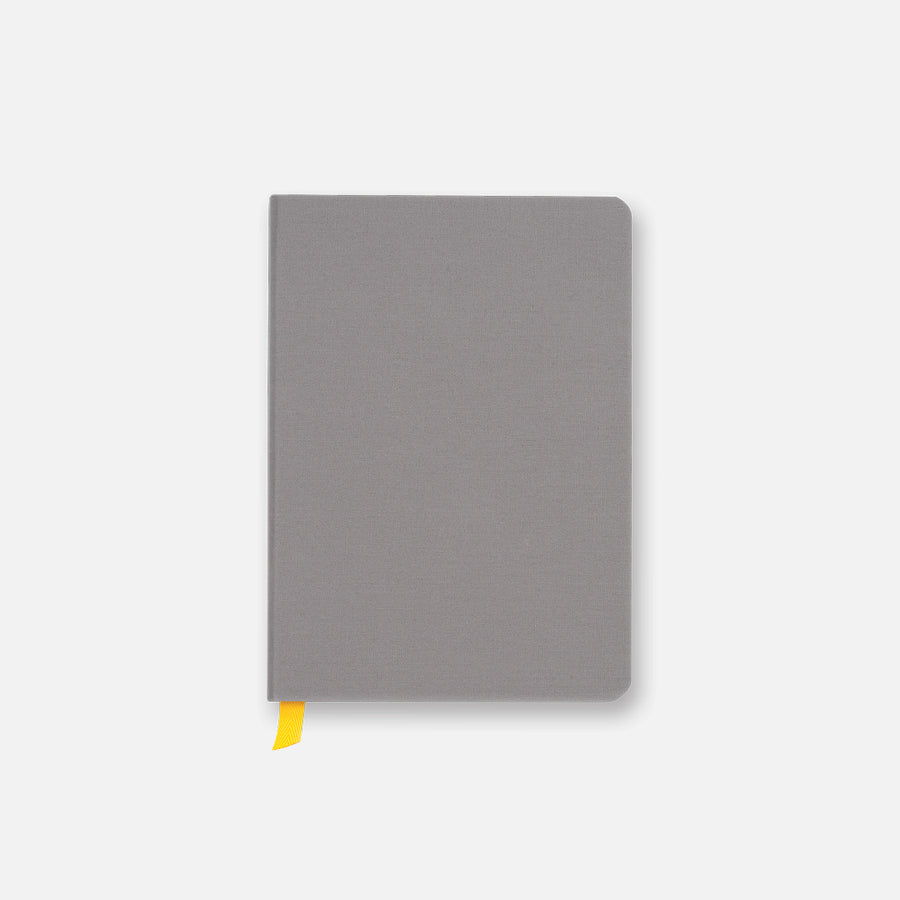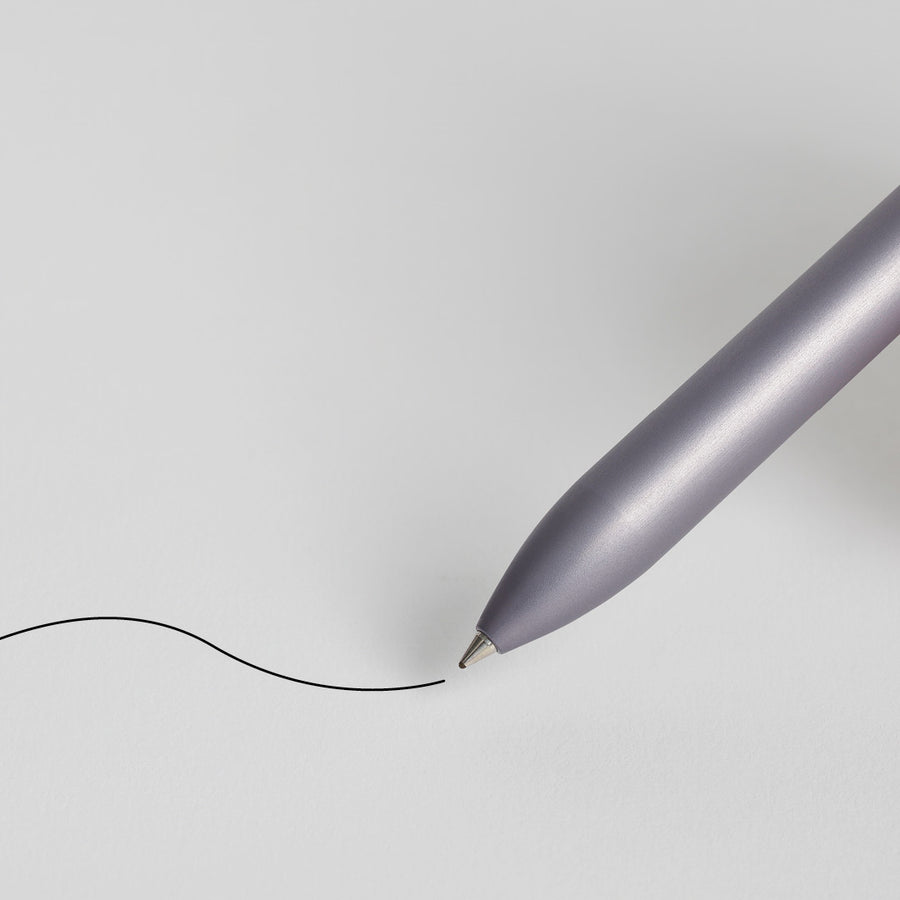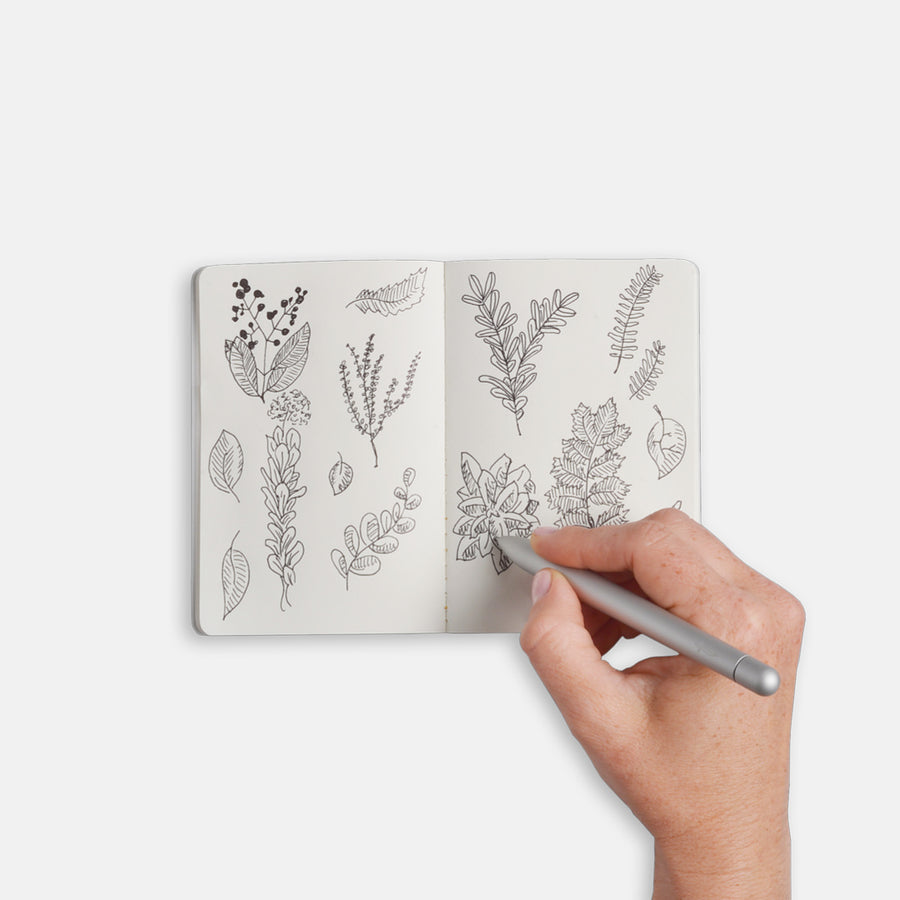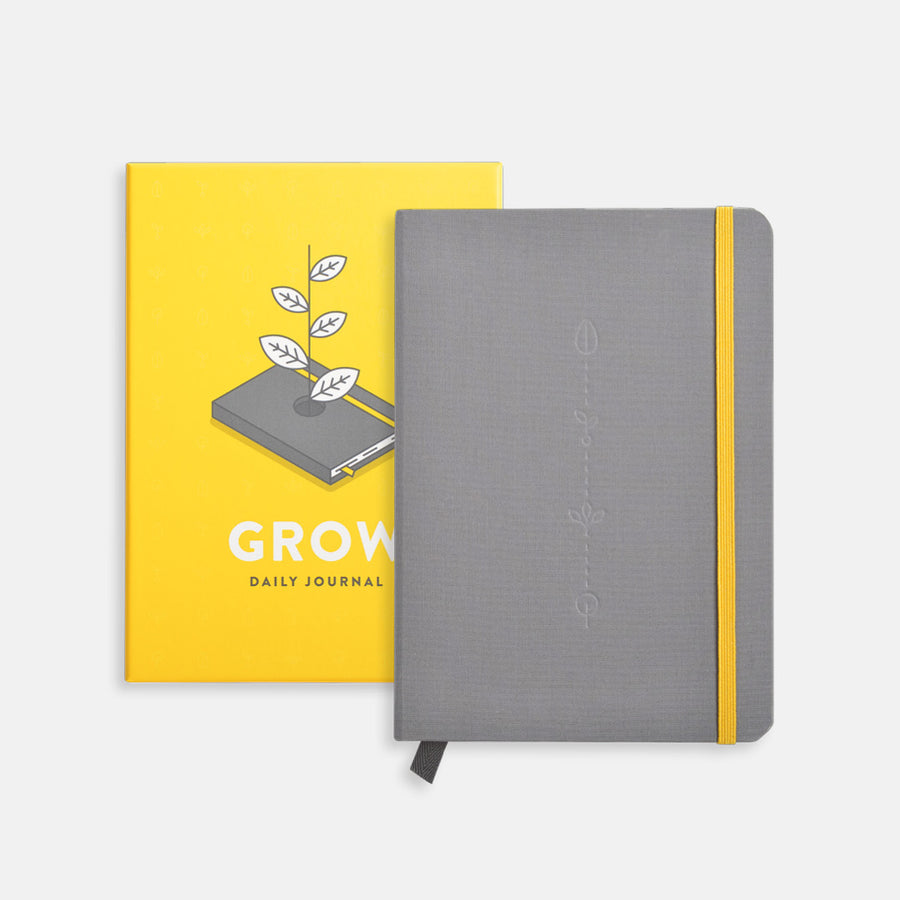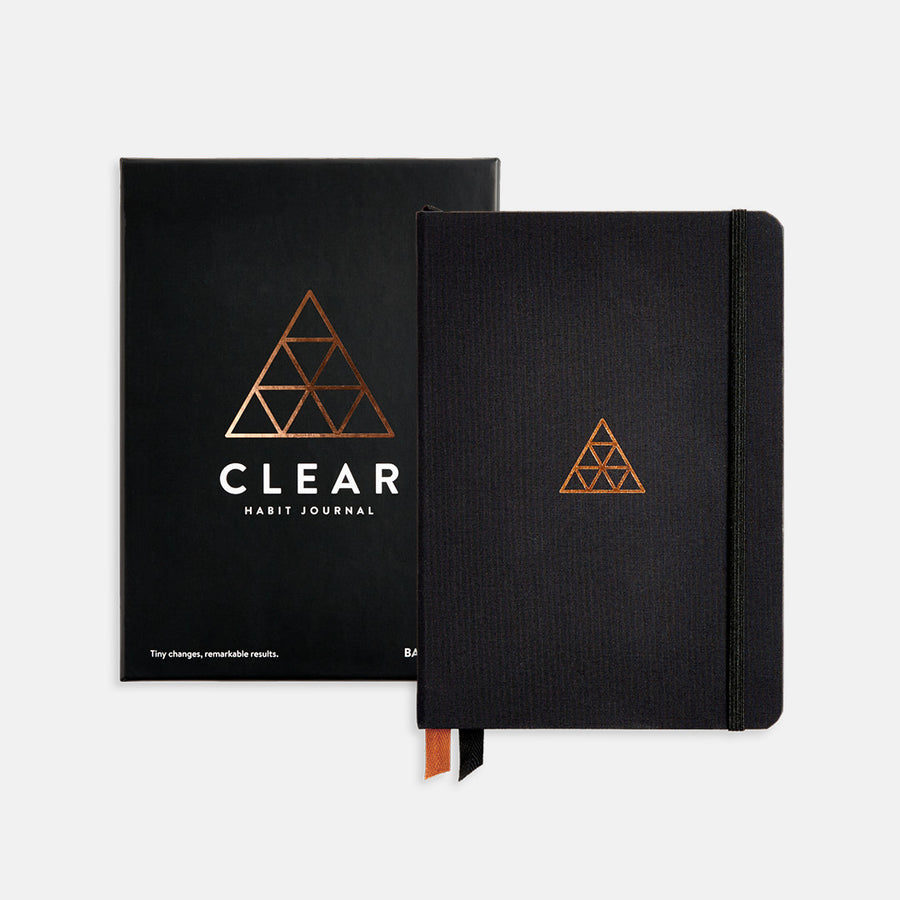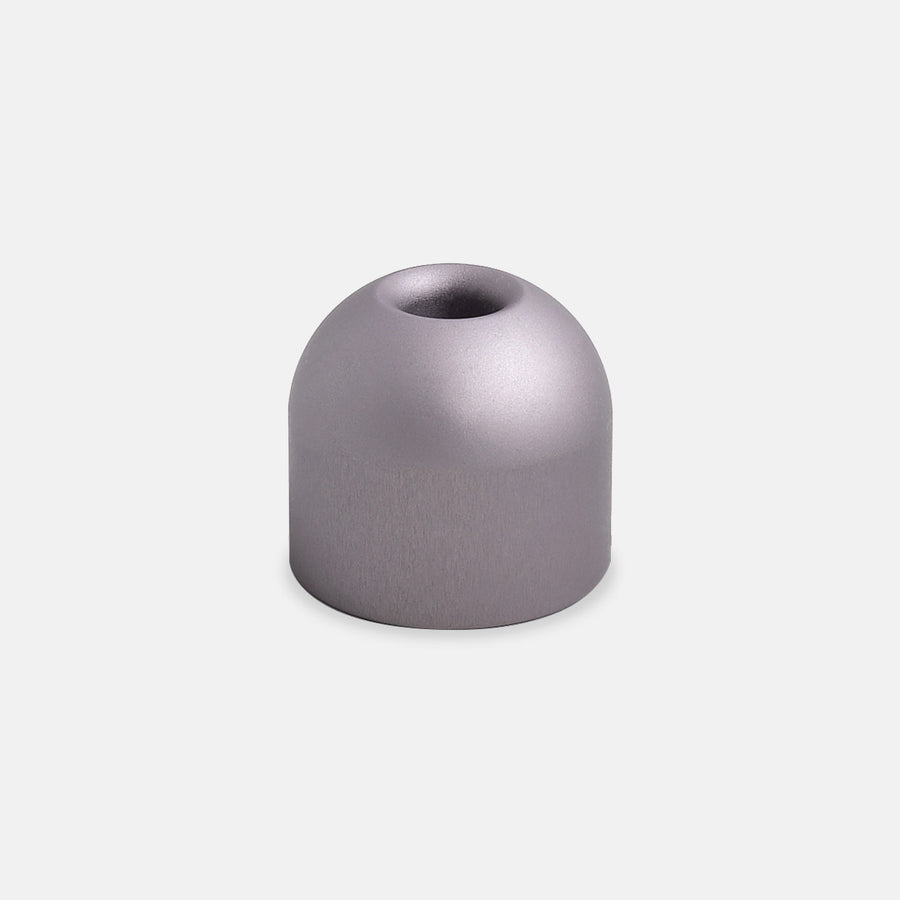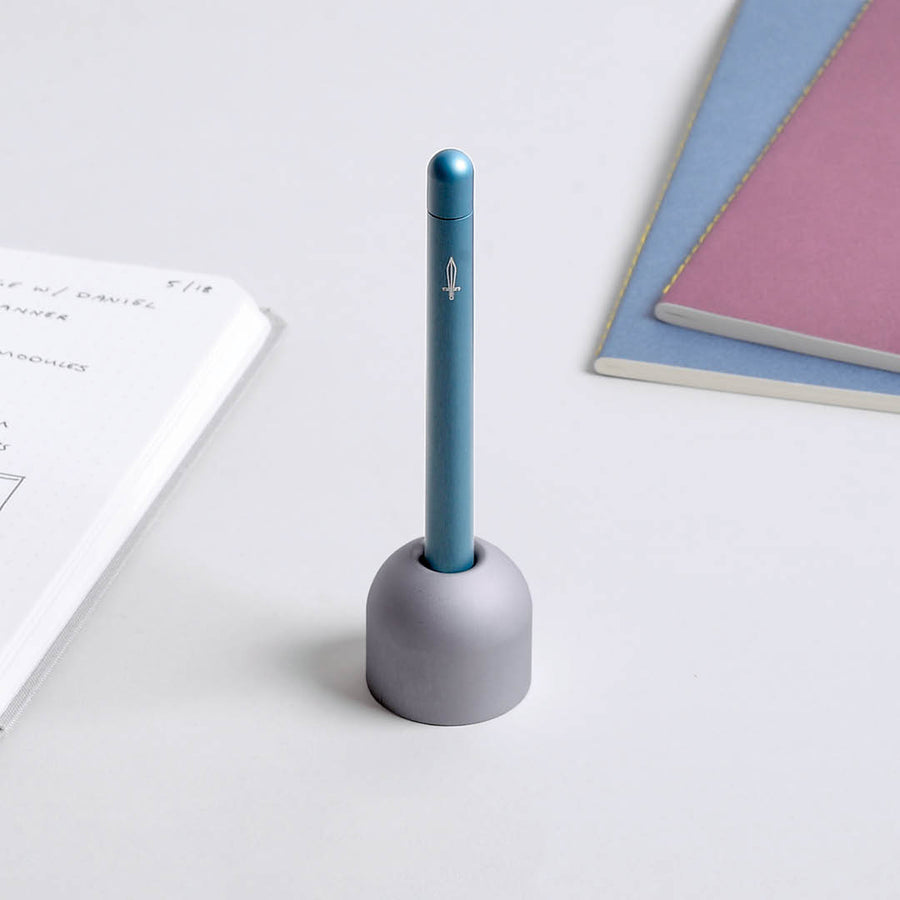In our fast-paced, digitally dominated world, the art of writing by hand on physical paper can seem almost archaic. Yet, there's a growing movement of people rediscovering the unique benefits of analog notes. The tactile feel of paper, the flow of ink, and the absence of notifications can help to foster a more thoughtful and connected form of note-taking.
If you're considering transitioning from digital notes to analog, this guide is for you.
Embrace the Why
Before making the switch, reflect on why you're drawn to analog.
Is it to reduce screen time, improve memory retention, or tap into the creativity that often comes with handwriting? Identifying your reasons will help motivate and guide you through the transition.
Start with the Right Tools
- Confidant Hardcover Journal: A reliable and robust journal that can become the cornerstone of your note-taking or drawing practice.
- Vanguard Softcover Notebook: For those seeking flexibility and a lighter carry, the Vanguard offers the same quality in a softcover format.
- Squire Pen: The perfect companion to your notebook, the Squire Pen offers a smooth and enjoyable writing experience that complements the tactile joy of writing on paper.
Set Realistic Goals
Transitioning to analog doesn't have to be an all-or-nothing approach. Start small by dedicating your analog tools to specific tasks like journaling, brainstorming sessions, or project planning.
Organize Your Thoughts
Unlike digital notes, you can't search for a keyword to find what you wrote in a notebook. Developing a system of organization using indexes, color coding, or tabs can make navigation easier.
Combine Analog with Digital
Use analog for deep thinking and digital tools for storage and organization. Scanning written pages into digital apps can combine the mindfulness of handwriting with the convenience of digital access.
Personalize Your Note-Taking
One of the joys of analog note-taking is the ability to make it entirely your own. Whether it's through doodles, stickers, or various ink colors, personalizing your notes can make the process more enjoyable and memorable.
Enjoy the Process
Part of the appeal of analog note-taking is the process itself. Enjoy the lack of distractions, the act of turning pages, and the physical progress as your journal fills up.
Reflect and Adjust
After using analog methods for a while, reflect on what's working and what isn't. The beauty of analog is its flexibility; you can always tweak your system until it perfectly suits your needs.
Transitioning Tips:
- Dedicate Time: Just like any new habit, dedicate time in your schedule for analog note-taking.
- Create Rituals: Make your analog note-taking special by creating rituals around it, like a morning journaling session with your favorite cup of coffee.
- Carry Your Notebook: Having your notebook with you will encourage you to use it more often.
- Limitations as Strengths: Embrace the limitations of paper as its strengths. The finite space encourages more concise and thoughtful writing.
- Backup Your Notes: Regularly back up your important analog notes by scanning them. This way, you preserve the irreplaceable while still safeguarding the information.
A New Chapter in Note-Taking
Transitioning from digital to analog notes is a personal and rewarding journey. It's about reconnecting with the physical act of writing and discovering the nuances that come with it.
As you embark on this path, remember that it's not about abandoning technology, but about finding the right balance that works for your life and your mind.
